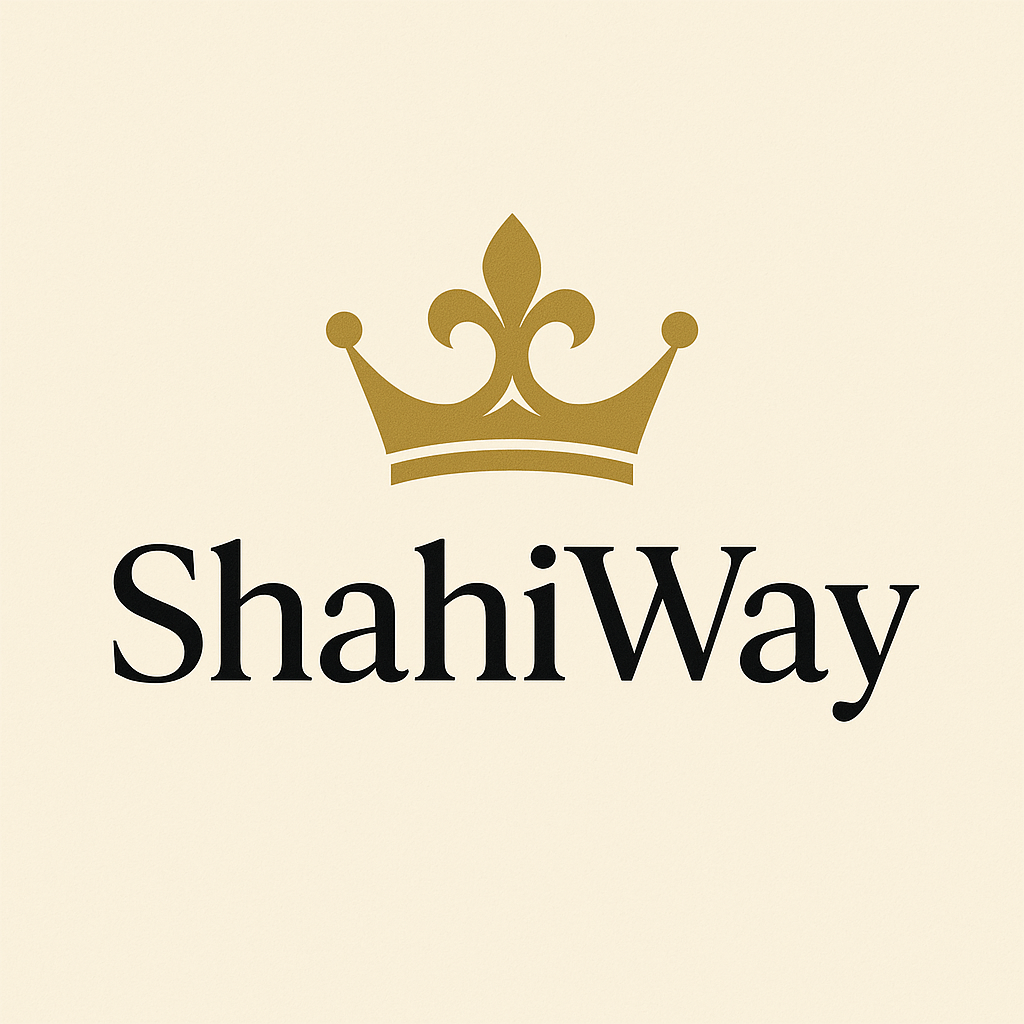A Beginner’s Guide to Emirati Poetry and Its Cultural Significance
A Beginner’s Guide to Emirati Poetry and Its Cultural Significance—written simply and clearly for anyone interested in understanding the tradition, even if you’re totally new to it.
1. What Is Emirati Poetry?
Emirati poetry refers to the poetry composed by people of the United Arab Emirates (UAE). It is an ancient tradition that predates the UAE’s formation in 1971, stretching back centuries when Bedouin tribes roamed the Arabian Peninsula. Today, it remains a cherished part of Emirati identity and is celebrated at cultural events, on TV, and in everyday life.
2. Major Types of Emirati Poetry
A. Nabati Poetry (الشعر النبطي)
- What is it? Nabati is the most famous form of vernacular (colloquial) Arabic poetry in the UAE and the Gulf region.
- Roots: It’s sometimes called “the poetry of the people” because it’s composed in local dialect, not classical Arabic.
- Themes: Love, pride, wisdom, heritage, desert life, leadership, and social issues. Nabati Poem
B. Classical Poetry (الفصحى)
- Uses Classical Arabic and follows traditional Arabic poetic forms (like the qasida).
- Less common in daily life, but still respected. Classical Poetry
C. Performance Poetry
- Poetry is not just written—it's performed aloud, often in a chant or recitation style.
- Poetry competitions, festivals, and TV shows are extremely popular.
3. Key Features of Emirati Poetry
- Rhyme and Rhythm: Most Emirati poetry uses a set rhyme and meter, making it musical and memorable.
- Metaphors and Symbols: Deeply symbolic—camels, falcons, palm trees, the sea, and the desert often stand for deeper meanings.
- Oral Tradition: Poetry is traditionally shared orally—at gatherings, around campfires, and now at official events.
- Storytelling: Poems often tell stories about ancestors, battles, lost loves, or lessons from life.
4. Cultural Significance
- Preserves Heritage: Poetry keeps the stories and values of the Emirati people alive, connecting past and present.
- Expression of Identity: It’s a way to express national pride and the unique character of Emirati society.
- Social Role: Historically, poets were respected as historians, advisers, and critics. Even today, influential poets can shape public opinion.
- Emotional Outlet: Poetry provides a space for personal and collective emotions—joy, grief, nostalgia, patriotism.
5. Famous Forms & Performances
- Al-Taghrooda (التغرودة): Short chanted verses sung by camel riders—a unique, UNESCO-listed Emirati art.
- Al-Ayyala (العَيَّالة): A poetry-based folk dance with drumming, chanting, and rhythmic movements (often called “stick dance”).
- Al-Yowlah (اليولة): A performance involving poetry, music, and the spinning of a rifle—an Emirati heritage competition.
6. Modern Revival
- Poetry is still popular!
- There are televised contests like “Million’s Poet” where poets compete for fame and big prizes.
- Young poets, including women, are now recognized alongside traditional male poets.
- Poems are shared on social media and at public events, blending old and new.
7. How to Start Exploring
- Listen to Nabati poems online (YouTube has many).
- Watch an Al-Ayyala or Al-Yowlah performance at Emirati festivals.
- Read translations or bilingual editions of Emirati poetry.
- Visit a poetry night or competition if you’re in the UAE.
In Short:
Emirati poetry is the soul of the UAE’s heritage. It’s more than art—it’s storytelling, history, identity, and a living bridge from the Bedouin past to the modern nation.
